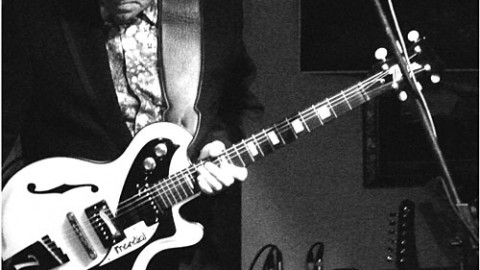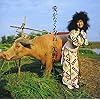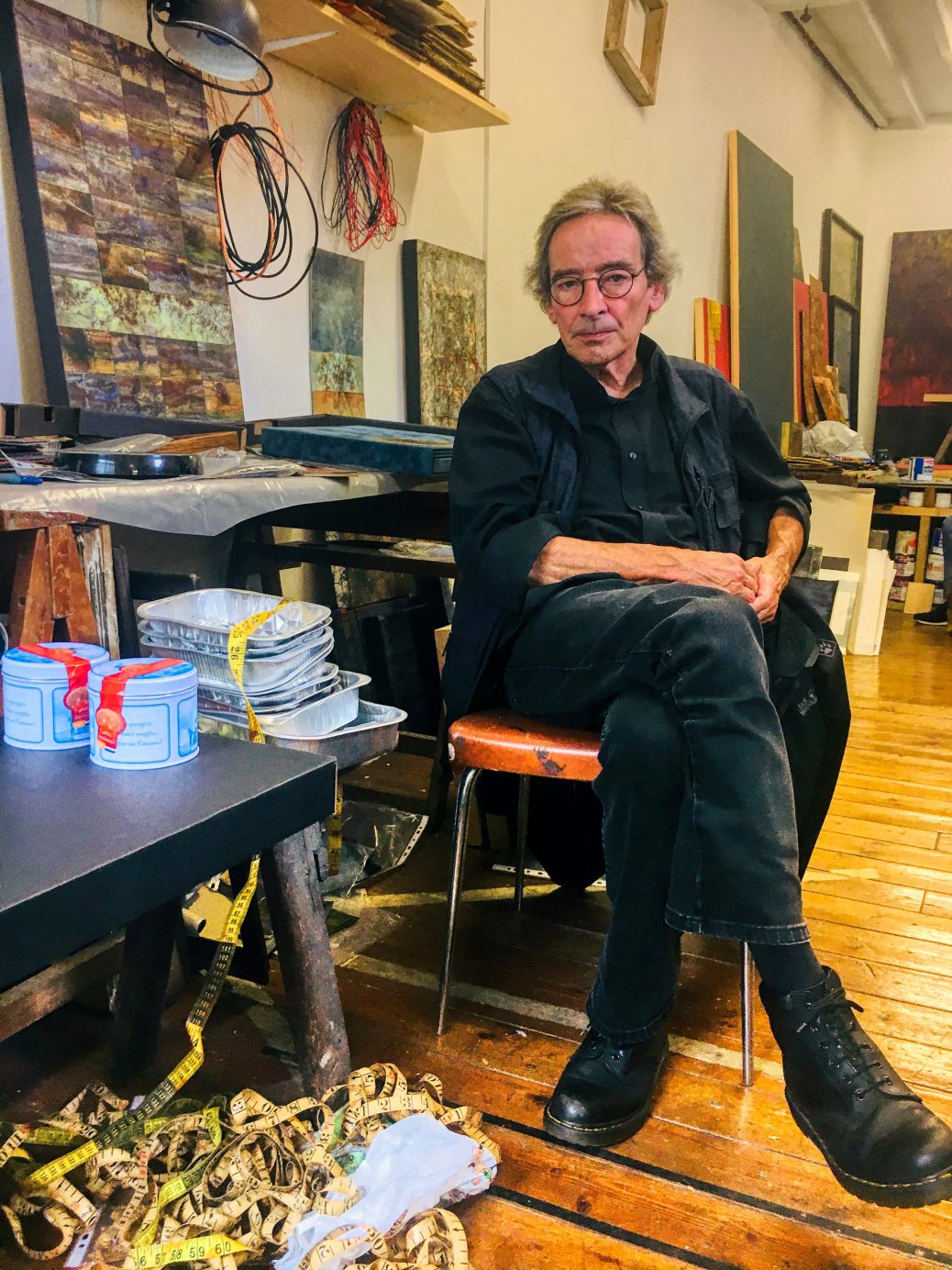
An exclusive davidsylvian.net interview with Russell Mills. Russell talkes about the releases of the Still Moves series (published by Slow Fuse Sound), Ember Glance, Undark and his current work and ambitions. Interview was recorded live in Ambleside (UK), August 2018.
Still Moves
GH: This is a series of three books with each book containing a double CD of music from your installations. Can you tell us more about the ’Still Moves’ collection?
RM: In 1994 I started making multimedia installations. Before then I’d been involved in other projects that required responses to particular spaces; these were collaborative works with members of Wire (the band) or David Sylvian, amongst others. In 1994, I was invited to make a piece here in Ambleside for a festival: this was called ‘Between Two Lights’. For this I asked the artist and longtime friend Ian Walton, to collaborate with me. Since then, I’ve been making multi-media installations for various locations in the UK, Ireland, Japan, America, Spain and other parts of Europe. For the majority of these I’ve worked with Mike Fearon, who is an amazing guitarist and sound engineer from the Lake District. In fact, he’s a multi instrumentalist, but he’s predominately known for his guitar playing, and is generally acknowledged to be the best guitarist in Cumbria.
Each installation has sound as a central element of the work – conceptually, contextually and physically. It’s integral to the work, rather than used merely as aural wallpaper. The ideas suggest the sound and the sound supports the ideas. It is created as and operates, psychologically and emotionally, like film music. And each installation uses sound in space in a totally random manner. This process of working echoes ideas I’ve had for a long time about trying to make work that is analogous to the flux of nature’s processes. As with the visual components of an installation, they also follow a phrase of Seamus Heaney’s, “Anything can happen.”
The sound works adhere to and follow the idea of predetermined chance, in which known elements are used, but an end result can never be fully predicted or realised. We work with a palette of sounds, a menu of contextually appropriate, but sometimes disparate samples comprising field recordings, organic and found sounds, as well as played electro-acoustic sounds. Each is usually heavily treated, edited and then all are distributed, alongside tracks of silence onto separate CDs, usually six,
Each CD is connected to a pair of widely separated speakers, which produces a enlarged listening array. Playing in random mode, the sound is continually mixing in real time, meaning that visitors, who are also continually moving in the space, never hear the same mix of sounds twice.; een though the sounds may be discreet, in a random mix they are always surprising.
Some years back I was talking with an old friend, Clive Maidment, about this body of work, and he suggested we should do something about getting these soundworks out into the world. Until then I’d never really thought about it as being a viable idea. Our conversations continued and became more focused. Soon the idea of some kind of release was mentioned, which evolved into these full color books with brief interpretive texts about each installation: what they were about, why and how they came into being, where they were for, etc. In each book there are two CD’s, carrying sound mixes from the installations. I hasten to add that they are not mixes from the actual installations because we were unable to record the installations in process, in real time; it was too problematic to do so. Instead, and as far as we were able, we have tried to emulate the randomness of the mixing in real time.
GH: With the magnificent artwork in the book, you bring back the exhibition with the sound, but not with multiple CD players, and let the listener feel how a visitor must have felt it.
RM: I think it is as close as we can get it to that experience. Given that there isn’t the technology to play random multiple sources in a way that truly emulates the live experience, we’ve done our best. Of course one can come close using a computer; one can layer up channels of sound and have them all play at once, out of sync, but this restricts one’s listening to a stereo mix. Being obliged to sit in front of a computer and a pair of speakers reduces one’s listening experience, whereas when a visitor is in an installation, wandering around, with individual sounds randomly emerging from numerous sources and moving in space, they experience a unique listening experience.
GH: Now there is ‘Still Moves | three’. Every book is beautifully designed and the soundworks are of the highest quality. Who did the processing and designing of the book?
RM: I designed the books working with my design assistant Mike Webster, who is very good at realising my wishes. As I said I work with Mike (Fearon) on the sound works. Mike’s very quiet, and he doesn’t really play much live; he’s more interested in sound. We got together a long time ago and started working together on ‘Undark’ material. When I was asked to do more installations, I knew that I really wanted to work with Mike. Not only is he a brilliant musician, he’s a great friend. And on a practical level it makes sense for us to work together as we’re both here in Ambleside, and he knows and understands the special importance of the Lake District, from which many of my ideas come. Not ideas about the Lake District in particular, but rather ideas that come from here, that are informed by aspects of the environment here. Also Mike’s a brilliant engineer and he has a great pair of ears – whereas I’ve only got one ear that works – so that helps. And his mastering is wonderful.
GH: ‘Still Moves’ is now a series of three books (with plans up to six). What can we expect in the future?
RM: I don’t know for sure. Actually there may well be a seventh; I’ve been invited to create a new exhibition at Brantwood, the home of John Ruskin, at Coniston, for September 2019 (the bicentenary of Ruskin’s birth), and I’ve also been asked to do a new sound piece for that. Mike and I have just started working on this; it may constitute ‘Still Moves | seven’. And of course there’s still books five (from the installation ‘To Its Beginning To Its End’) and six (from the installation ‘Now Then’). The books are appearing fairly ’slowly at the moment, one a year so far. So there’s more to look forward to.
GH: Can you tell us something about the title ‘Still Moves’?
RM: Well it operates on several levels. Firstly it’s oxymoronic: it contradicts itself. ‘Still’ refers to being static, inert, and ‘Moves’ is about motion and moving, physically and emotionally. But the phrase also relates to Galileo and his observations of planetary motion that so confounded and offended the Catholic Church, so much so that he was arrested and subjected to an inquisition. He was forced to recant his findings and promise never to publish them, but just before he was released he said under his breath, “… and yet it still moves”, which referred to the fact that the earth revolves around the sun and not the sun around the earth. The title also refers to the way installations operate. They’re essentially still, in that, they take place in a static environments. Most of the elements in them are still, but they create movement: the machinery we work with is all static, but what it produces is a movement in air. So there’s all those layers of meaning behind those two simple words.
GH: ‘Still Moves’ is released on the Slow Fuse Sound label, which is a private label. Do you think it will be distributed on other platforms too?
RM: It’s also distributed and publicised through Bandcamp and various others social network sites. I don’t fully understand all this: the reliance on algorithms, projected playlist placements, the metrics of music streaming services, the pros and cons of these platforms. Essentially I’m just concerned with making interesting, and hopefully, moving music. We talked a great deal about how we might get these books out into the world, but we don’t really have a finalised solution or any alternative ideas as to how to take the label forward. It does seem as though it’s not a particularly good time to bring out physical things like CDs because people, inexplicably, prefer streaming tinny sounding MP3 files to listen to.
GH: I think they are if it’s designed and packaged well!
RM: I agree. I’ve always thought that people will be interested in something that is really well-made, beautifully designed and it’s evident that it’s been put together with genuine passion and belief. I’ve always felt that there will always be a market for such objects even though I know it might be a slow and difficult process. While it would be gratifying and financially helpful to sell good numbers of the books, the process of making these works, the installations, the books and their CDs, haven’t been driven by a desire for popularity or profit. We do this because we believe in the work. And, all in all, I’m quite happy with the way it’s going.
GH: Do you know what’s on the fourth album and will it consist of two CD’s?
RM: Yes, but it focuses on just one project, an installation called ‘Blue Tears’, which was created for a vast circular building known as The Silo in Porto, Portugal. The space Is enormous, and its acoustics are extraordinary. There are two storeys in the building so we produced a multi-channel soundwork so that the individual sounds moved in 360 degrees between both levels. Some of the sounds we used were quite hard sounds, such as stones being thrown inside a decommissioned German nuclear bunker. Having been heavily treated in the studio their resonance and delay was further exaggerated. In the Silo these sounds were really resonant and sustained forever. When they played in the venue people were ducking as they thought these sounds were coming close over their heads. It’s a very sort of muscular, visceral piece and we’ve just started work on mixing these sounds for the next book. In the end we think there’s going to be four or five ‘Blue Tears’ tracks on two CDs.
Ember Glance
GH: You created ‘Ember Glance’ with David Sylvian, which was also an installation in Tokyo with a spin-off exhibition of fragments in London. Is there any chance of reissuing that one as a ‘Still Moves’ release?
RM: I haven’t really thought about that at all. But I doubt if it will ever happen because I think the rights are still owned by Virgin Records and David. I don’t know whether Virgin or David would consider it being re-mastered and re-issued, but even if they were to consider it, I doubt whether they would want it to be part of the ‘Still Moves’ set.
GH: On YouTube there was a video of ‘The Making Of Ember Glance’ installation. We see you and David in a forest looking for material for the installation. Was it here in the neighbourhood?
RM: Yes, it was filmed in Grizedale Forest which is near Hawkshead (about five miles from Ambleside). It’s a massive expanse of forest owned and managed by the Forestry Commission. There’s also an arts organisation there called Grizedale Arts, who used to commission artists to work in the forest to make sculptures with materials found on site. In 1987 was commissioned by the Arts Council to make a piece there to commemorate the centenary of the birth of my one of my heroes. The radical German artist Kurt Schwitters. Again I asked Ian to collaborate with me. At the time we were both living in London so we both travelled up to the Lakes and stayed for a few weeks working every day on a sculpture using dry stone walling techniques. While we were up here, we looked around and thought: ‘…this place is amazing… what are we doing living in London?” That visit prompted us both to move; Ian first with his young family, and me and my family a few years later. So that visit was very important for us. When we created ‘Ember Glance’, while it was two years before I moved up here, many of the ideas that fuelled the installation came from that visit to the Lakes. I persuaded David to travel up to the region to understand where the ideas for ‘Ember Glance’ came from and why the place was so important. Following that visit and the conversations that followed David began concentrating on the sound elements, which, following my suggestions, included recordings of Seamus Heaney and Joseph Beuys
Undark
GH: Years ago, you released a series of two ‘Undark’ albums. When will ‘Undark Three’ see the light of day?
RM: To be blunt, I really don’t know. Various disturbances in our family lives over the intervening years have inevitably delayed our work. But we have revisited it recently and we pulled out all the mixes of those tracks that we felt had reached a fairly good state when we had last worked on them. This proved to be an interesting and useful process as the passage of time has allowed us to come back to these tracks with fresh ears. We were pleasantly surprised to find much of the material to be still exciting and full of potential. However I felt that we needed to do something to stop us being so familiar with it. I want to completely deconstruct all the tracks, make them unfamiliar and then work with fragments. The ‘Undark’ project limps on as both Mike and I have to work on other commitments. Mike does all kinds of work to pay the bills: building, joinery, gardening and the like, and I have my visual work, self-generated and commissioned to do. So getting together to work on any of this, whether it be ‘Undark’ or ‘Still Moves’, is quite difficult. We try to carve time out of our lives in order to work together.
GH: So, we have something to look forward to. It’s not over yet?
RM: Oh no no, there’s more to come – if we can finish it, and if we can find a way to release it. And given that we don’t have a label, management or publishing in place, this may take time…
GH: You mentioned, now 15 years ago when I first met you, that there was also some contribution from Ryuichi Sakamoto and David Sylvian for ‘Undark Three’?
RM: Well, yes, Sakamoto very generously gave us some piano parts, which we have integrated into a track in process. However David wasn’t approached for anything for ‘Undark three’, although he did contribute to the second ‘Undark’ album ‘Pearl and Umbra’, for the track that became ‘Rooms Of The 16 Shimmers’. The music for that was already made. We sent him the music and he generously contributed his words and his inimitable vocals. For ‘Undark’ three we also have contributions from the likes of Nils Petter Molvaer, Rune Arnesen, Eivind Aarset, Bill Laswell, Guy Sigsworth, and Sidsel Endresen, amongst others. When we have used their contributions in tracks, we tend to lose track of what they are or who’s done what. That’s partly our own fault because when we’re working on tracks, treating one sound or a piece by artist X, we title it with a word or phrase that is suggested by that resulting sound. Every time we work with a particular sound, it gets further and further away from both its original sound, and from its original name, and from its original maker.
Future
GH: What are you doing lately?
RM: I’m predominantly working on the exhibition for next September at Brantwood house (Coniston) in the Lake District, which is tentatively titled ‘Happenstance: Invisible in the Current’. I’m also working on a series of works, a homage in memory of my father. For all of these works I’m experimenting with chemicals, burning and rust solutions.
GH: Can we see a lot of your late work on your website at the moment?
RM: I’m afraid that my website hasn’t been updated for a while I’m not very good at that sort of thing; archiving. I’m reluctant to deal with my work historically. Although, having said that I realise that that’s a contradiction, because I suppose we’re doing exactly that with the ‘Still Moves’ project. On the whole I’d rather just concentrate on new work, which is primarily about trying to figure out a way of dealing with chaos and order.
Contingency
RM: The one word I didn’t use regarding my current work is ‘contingency’. I guess that during the last few years I think I’ve kind of figured out what I’d really been doing all this time. I reached a point where I felt I could now make sense of what my work has been about, and it became evident that what is really central to all of my work (visual and sonic) is ‘contingency’, which I take to mean one action creates a reaction, which creates another, which creates another, ad infinitum
And ‘contingency’ takes us back to my ideas and faith in collage as an idea and as a physical process. In our daily lives, events experienced, and our memories of them, unfold and proceed associatively, digressing, pinballing, fading, slipping, looping, jolting. We experience a plethora of juxtapositions, of ideas, images and sounds, and yet when we attempt to recall them we mediate and edit them to create another, very different narrative. Our lives and our memories of our experiences are non-linear. This is also how our consciousness works, contingency as collage. This understanding underpins all my work, which utilises the contingent processes of collage in the materials I use and the processes they are subjected to. This way of working, which involves using pre-determined chance, indeterminacy, coincidence, and associative thinking, requires risk-taking and surrendering control. These approaches remove the ego from the work, and acknowledges that stuff happens.

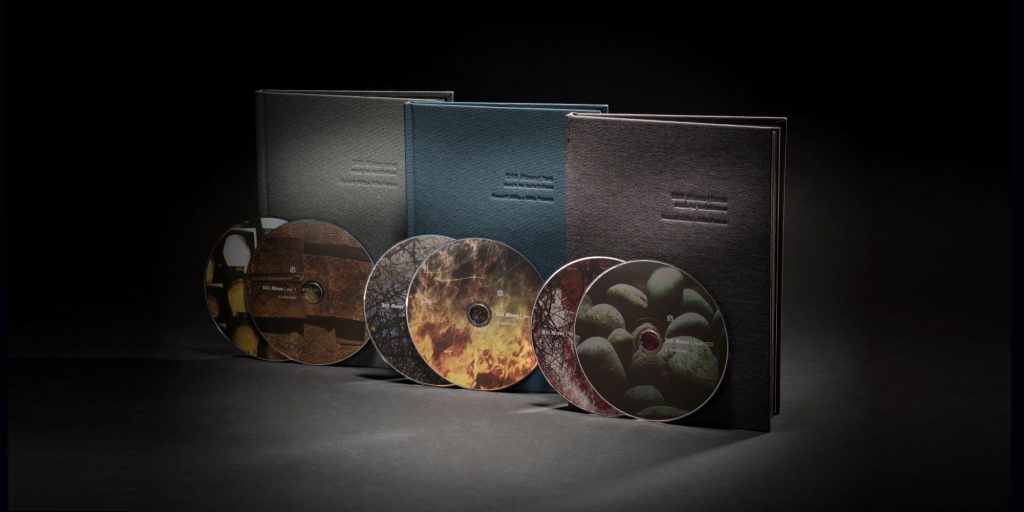
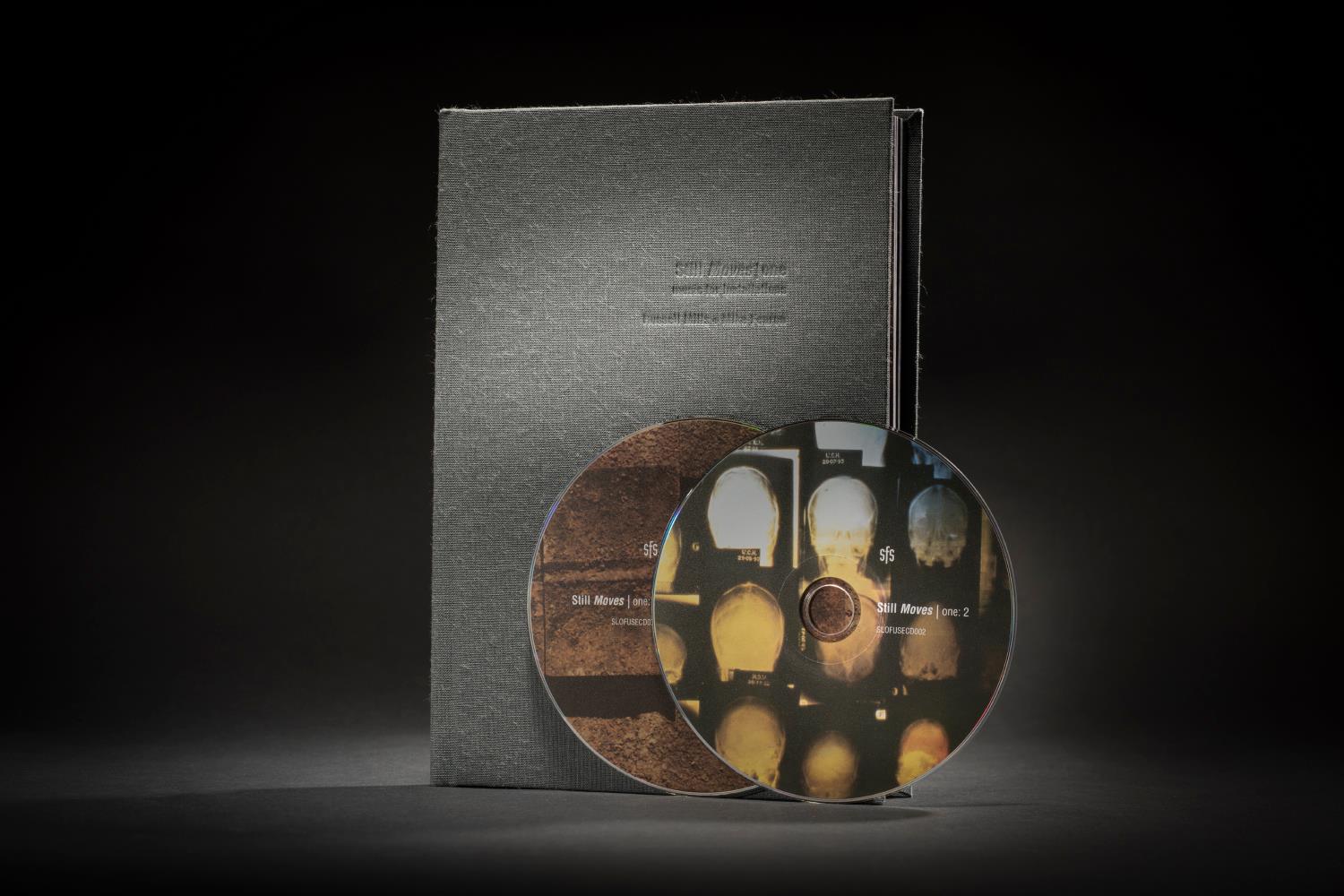
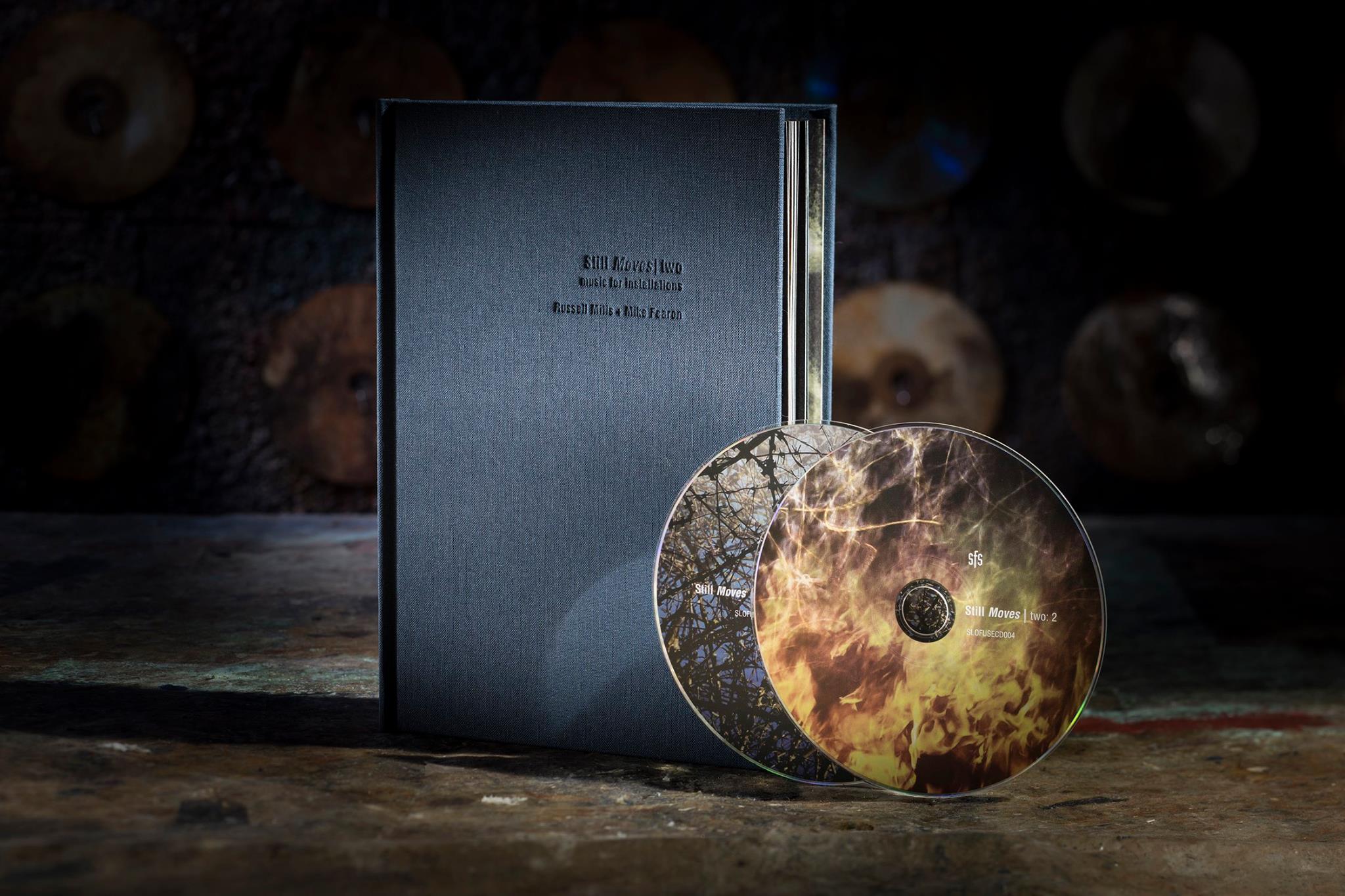
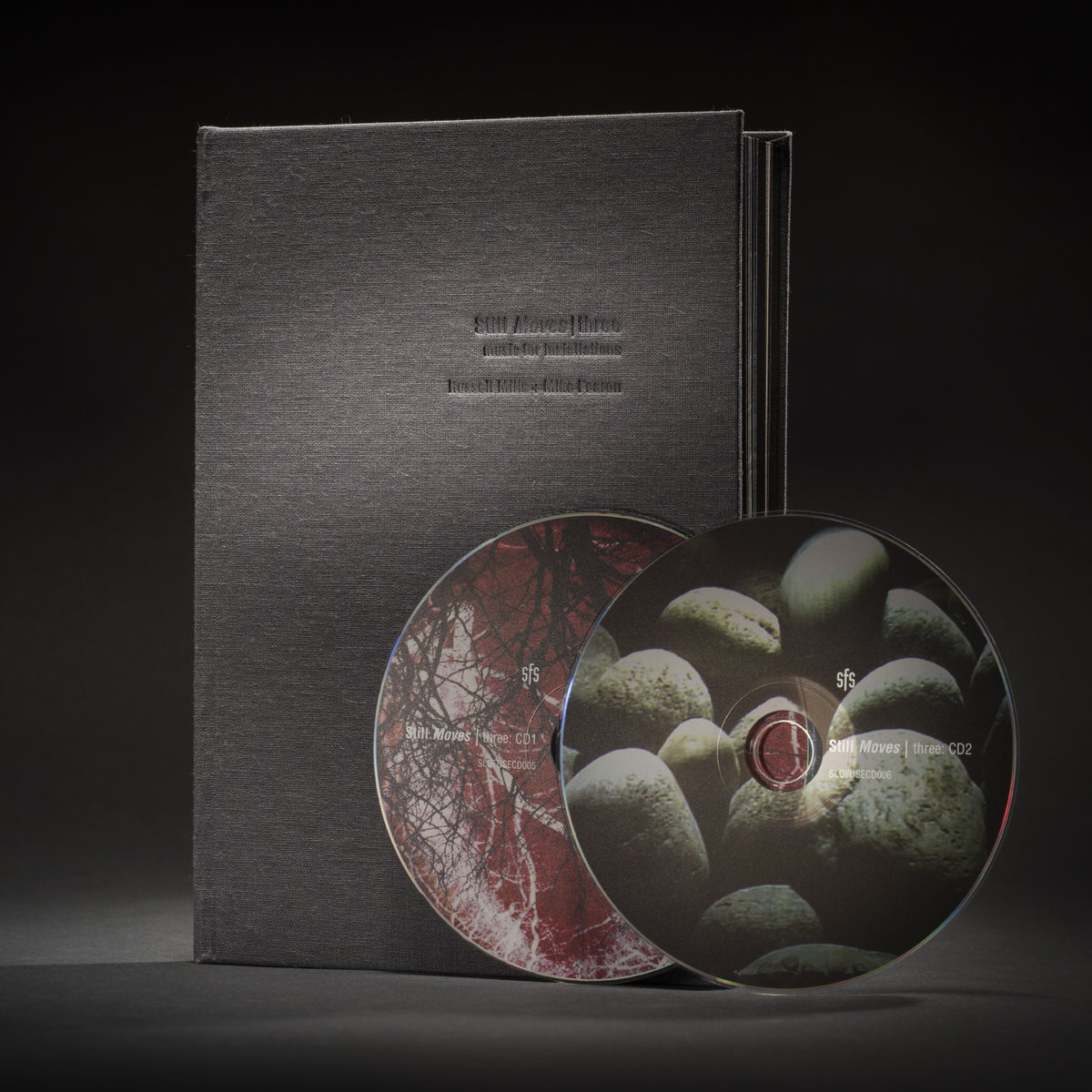
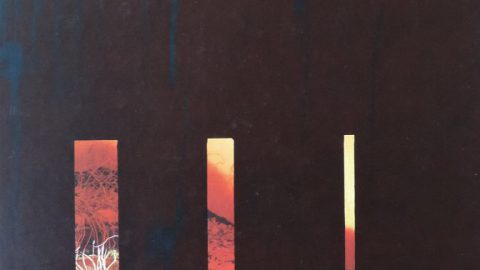
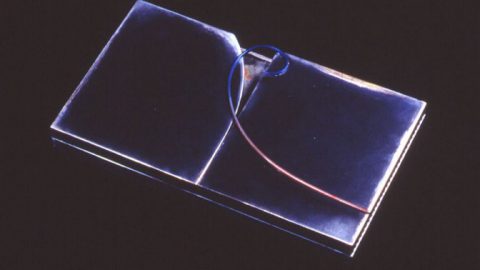
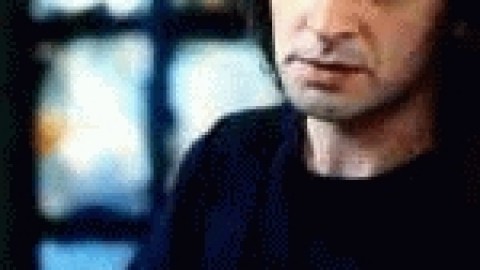
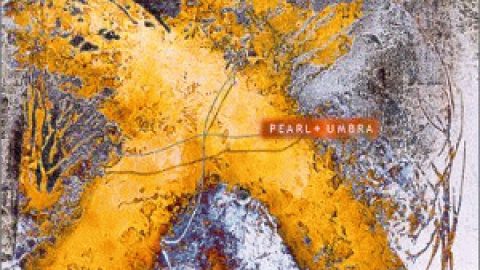
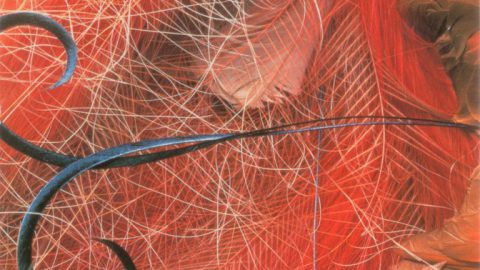
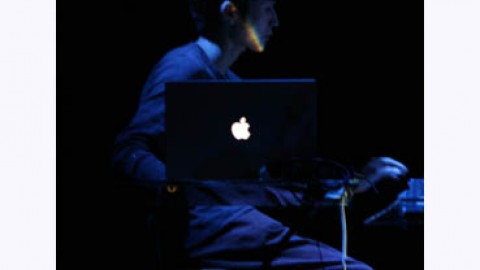
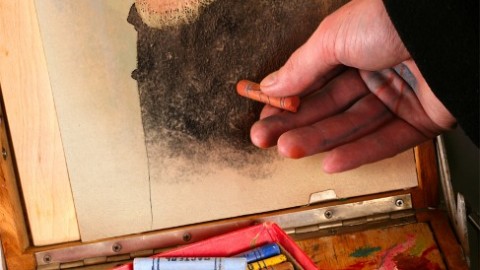
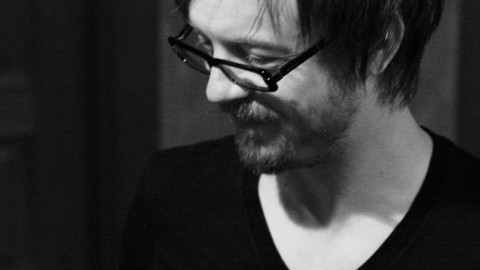

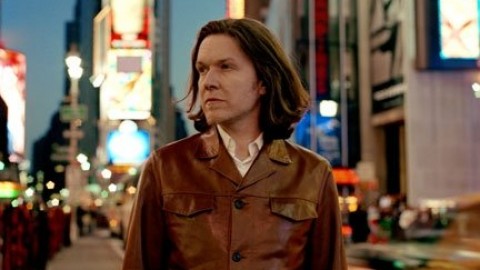
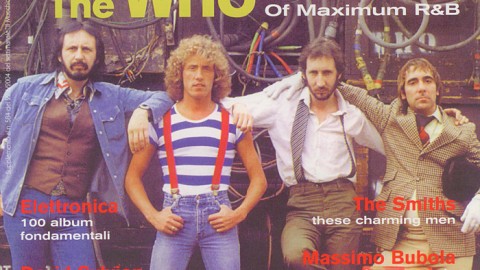
![Nine Horses – Snow Borne Sorrow [review]](https://www.davidsylvian.net/wp-content/uploads/2015/03/kw9h2_1354175421-480x270.jpg)
